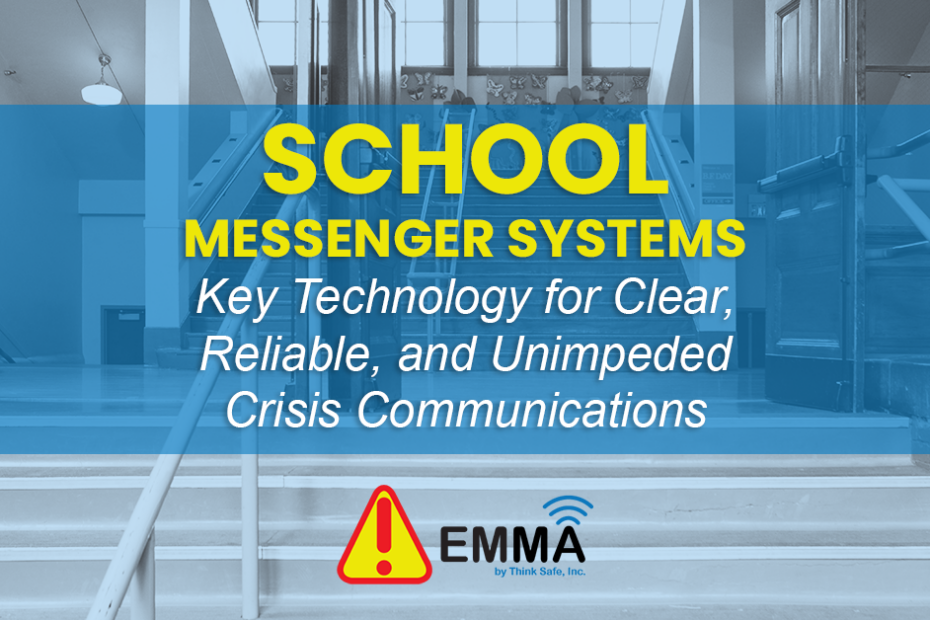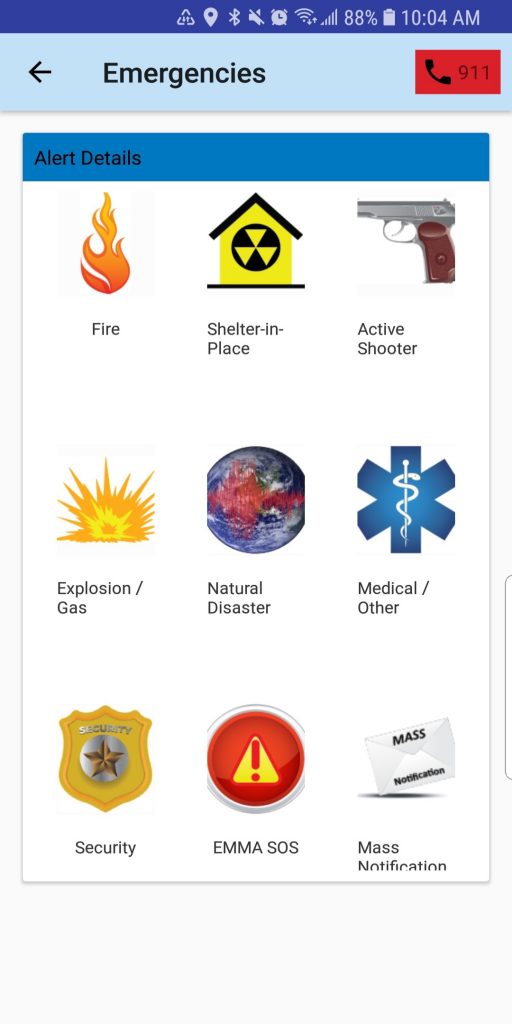School Messenger Systems: Key Technology for Clear, Reliable, and Unimpeded Crisis Communications
School messenger systems play a vital role in emergency communications today. When a crisis occurs or when a threat is identified, technology facilitates rapid notification of administrators, faculty and staff, students, parents and even 911. The list of crises that school leaders must consider when developing a crisis communication plan or an emergency operations plan (EOP). Fires, bomb threats, weather emergencies, and bus accidents have been recognized dangers for decades, but now schools must also be prepared for active shooter and student violence on campus or at school events.
It’s a well-known fact that staff students, and parents rely on their personal mobile devices during daily lives today. Engaging with mobile technology solutions is the best way to communicate during in the 21st century. However, many of today’s school messenger systems simply focus on older types of outbound communications from administrators to parents. These systems are outdated and fail to consider the internal continual key exchange of information that is required to fully execute an emergency plan to prevent threats, reduce risks and improve outcomes.
Communication failures during school emergencies can have devastating consequences and each scenario requires unique protocols for communication. School threat scenarios require timely two-way communication as a means of notifying 911 dispatch, school resource or safety officers, administrators, 911 responders nearby, staff/faculty, students, others impacted at the event or facility, and parents. Communication with proper hierarchy, where the right people see the right communication, improves situational awareness and reduces response times and makes minutes matter.
If you are a superintendent, school resource officer or campus safety officer and seek improve situational awareness and rapidly respond to critical events as they unfold — two-way communication using mobile devices is the key to engaging and having execution on your documented emergency plan in the most efficient and effective way possible. Think Safe’s Emergency Management Mobile Application (EMMA) makes this possible. When a user receives a notification, they can press on it to reveal the details of the emergency, respond (if permission is set by the administrator), and take informed actions. Responses will share the user’s GPS location and improve the administrators’ ability to monitor the situation immediately, even from afar if they are off-campus, with frontline perspectives. This is just one of the critical features in EMMA, check out some of the other below.
OTHER CRITICAL EMMA FEATURES
- Instant Reporting of an Emergency and the GPS Location
- Embedded 911 Button with proper User Interface to Prevent Accidental Dials
- Staff & Student and Visitor Directory Integration
- Free Alerts & Push Notifications (with options to also send via Free SMS and email, etc.)
- Easy User Interface & Compatible on any type of smart device (PC, iOS, Android, Chromebooks)
- An Emergency Management Administrator Dashboard
- Automated Priority Charting for Response Triage
- Mapping Functionality (for Users and Lifesaving Assets)
- Customizable Resource Library for Floor Plans, Pre-Approved Communication Messages, Checklists, Evacuation Maps and More
- Reliable Reports and Data Archives for Continual Quality Review & Drill Reporting

